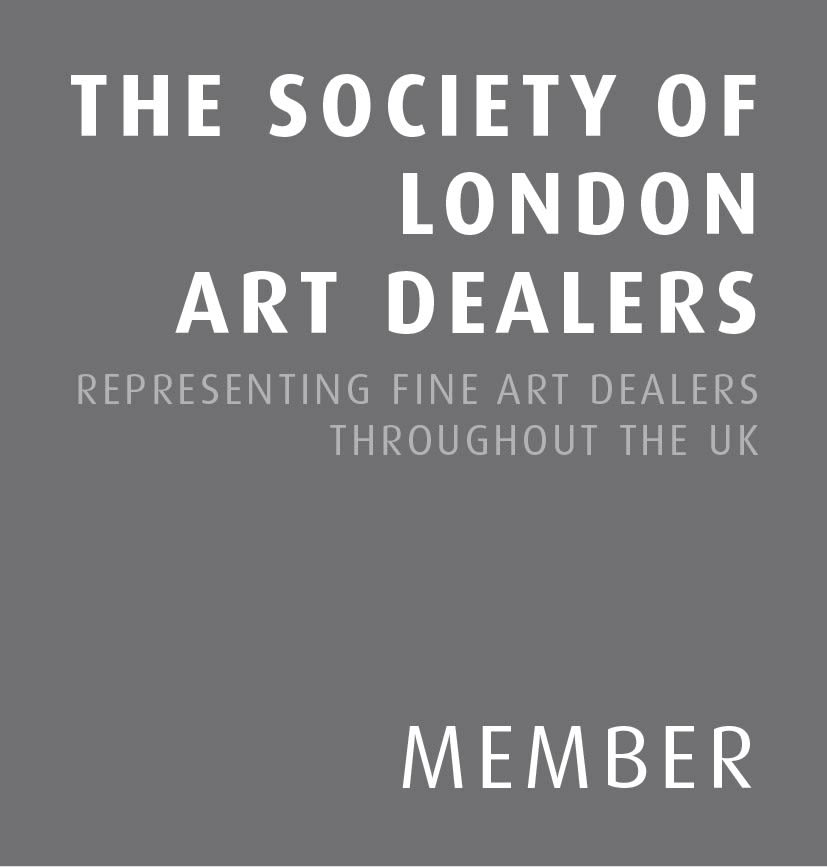JONATHAN S HOOPER - IN LANDSCAPE
Artists across disciplines have always been inspired by a sense of place to make work that is not only the product of a person, but also of a location.
For painter Jonathan S Hooper it is North Cornwall, where he joins the global tradition of human engagement with landscape, while also connecting to a vivid regional history of art. The painters drawn to St Ives since the end of the 19th century might be its best-known exponents, but Cornish art extends back through a Celtic language – closer to Breton than Welsh – and culture that has flowered since before the Middle Ages. Hooper and Cornwall’s relationship goes even further, accommodating the geological deep time of rock formations and coastlines as well as the appreciation of an artist making work in the here and now.
More than a century and a half after painting apparently lost its claim to present the definitive likeness of a person or a place, work prompted by landscape can still speak to the viewer like no other. Hooper’s art, abstract yet tangibly located, combines painting’s unique trilogy of colour, form and surface to produce deeply satisfying evocations of place and time. Instinctively alluring shades and shapes are underpinned by robust theoretical thinking. Intensity of observation is rendered through lightness of touch. A specific subject becomes a universal object.
Nicholas Wroe
Writer and Editor, Guardian Review





